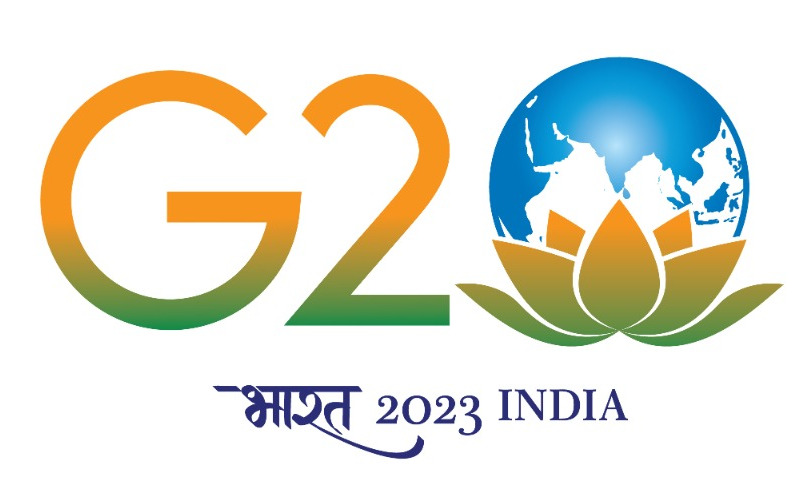Brief Overview of Sugar Sector
India ranks as the world's second-largest producer of sugar, with key states like Maharashtra, Gujarat, Bihar, Andhra Pradesh, Haryana, Karnataka, Punjab, Uttar Pradesh, and Tamil Nadu leading the production. This sector significantly impacts the lives of around 50 million sugarcane farmers and nearly 500,000 mill workers, generating employment across various associated sectors such as transportation, trade, machinery, and agricultural inputs. The annual output value of India's sugar industry stands at ₹80,000 crores.
As of 2021, India has installed756 sugar factories, equipped with enough crushing capacity to yield approximately 350 lakh MT of sugar. This capacity is almost evenly split between privately-owned units and cooperative sector units. Most sugar mills typically have a crushing capacity ranging from 2500 TCD (Tons of Cane per Day) to 5000 TCD, but there's a growing trend of expansion, with some even surpassing 10000 TCD. Among the 756 installed sugar mills, 522 were operational during the 2021-22 sugar season.
Ethanol, primarily derived from molasses, a by-product of the sugar industry, plays a crucial role, particularly during years of surplus sugarcane production. It aids the industry in managing timely payments to farmers. The Ethanol Blending Programme (EBP) aims to blend ethanol with motor fuel to reduce pollution, conserve foreign currency, and support the industry in settling payments to farmers.
Manufacturing Process and Energy Consumption
The typical sugar production process includes these steps:
Juice extraction:
The juice extraction facility comprises cane handling, cane preparation, and milling segments. The extraction of juice from the prepared sugarcane involves two distinct methods. Around 95 to 97% of sugar factories utilize the milling process, while the diffusion process is employed by around 3 to 5% of these factories.
o Cane Handling: The arrival of cane at the mill involves a mechanical unloading process using a grab-type attachment. Occasionally, a truck tippler is installed to aid in unloading the cane, simplifying the transfer of sugar cane onto the cane carrier.
o Cane Preparation: The sugarcane undergoes levelling in the leveller prior to entering the cutter. This machine shreds the cane into smaller pieces, preparing it for the fibrizer, where the cane is transformed into a pulp-like substance.
o Milling: The processed sugarcane undergoes milling through a tandem of four to six three-roller mills. High-pressure squeezing in these rollers extracts the juice from the cane. To maximize extraction, the disintegrated cane is thoroughly washed with weak juice and makeup water in a counter-current system. The resulting fibrous residue, known as bagasse, left after milling, serves as fuel for steam generation.
o Diffusion: The diffusion process involves a methodical washing of cane or bagasse through a continuous counter-current system using imbibition water. Water is introduced at the conveyor's discharge end, filtering through the bed of bagasse and the perforated slats of the conveyor. This water facilitates the dissolution of sugar within the bagasse, resulting in a thin juice collected in a hopper. Through pumping, this juice progresses through stages until it reaches peak concentration at the diffuser's input end. The diffuser can be configured for either a single-flow or parallel-flows circulation of juice.
Juice Clarification:
The process of juice purification includes several steps: (a) heating the juice, (b) applying sulphitation, (c) clarification, and (d) filtration. Initially, the mixed juice from the mills undergoes heating in raw juice heaters. Chemical treatment follows, causing the precipitation of various dissolved impurities in the heated juice. These precipitates are then separated to achieve clear and pristine juice in clarifiers. Subsequently, the clear juice undergoes another round of heating to reach a temperature of approximately 105°C.
Evaporation:
The juice undergoes concentration from 15 Brix to ~ 60 Brix using a multiple-effect evaporator. Vapours extracted from these evaporators are utilized for heating the juice in different heat exchangers and for boiling the massecuite (a blend of molten liquid and crystals) in vacuum pans. This process stands as the primary steam-consuming segment within the facility.
Crystallisation:
Crystallisation, referred to as Pan boiling within the sugar industry, stands as a vital unit operation. Most sugar mills conduct a significant portion of the crystallisation process using batch-type vacuum pans. Following this stage, the massecuite is moved to crystallisers, where the process concludes through the cooling of the mass under stirred conditions.
Centrifuging:
The massecuite derived from the vacuum pans undergoes separation of sugar crystals from molasses within the centrifuges. These centrifugal devices can be categorized as batch or continuous types and are specifically designed for different massecuite types—'A', 'B', and 'C'. The extracted molasses from this process serves as a valuable by-product, widely regarded as an excellent raw material for distilleries.
Drying, Grading and Packing:
The moist crystals acquired from centrifugal machines typically hold around 15-20% surface moisture. These crystals undergo drying in conventional dryers, are sorted based on their sizes, and are subsequently packaged into bags.
Sugar production in India had been cyclic in nature. Every 2-3 years of high sugar production were followed by low sugar production. However, from the sugar season 2017-18 and onwards, the country has produced surplus sugar than the domestic requirement of about 250-265 Lakh Metric Tonnes. The season-wise production of sugar from 2011-12 and onwards is as below
|
Sugar Season (October – September) |
Production of Sugar (Qty. in lakh tonne) |
|
2011-12 |
263 |
|
2012-13 |
252 |
|
2013-14 |
245 |
|
2014-15 |
284 |
|
2015-16 |
251 |
|
2016-17 |
202 |
|
2017-18 |
322 |
|
2018-19 |
332 |
|
2019-20 |
274 |
|
2020-21 |
310 |
|
2021-22 |
359 |
|
2022-23 (As on 21.03.2023) |
288 |
Fig: Sugar Manufacturing Process (Source)
Sugar mills, recognized as energy-intensive sectors as per the ‘Energy Conservation Act, 2001’, necessitate substantial energy inputs. The energy usage within these mills is shaped by several factors including capacity, steam generation parameters, equipment age, and the specific machinery employed.Typically, electricity consumption per tonne of sugar produced ranges from 200 to 500 kWh depending on the production year. The average energy consumption in an Indian sugar mill stands at ~ 26 to 40 kWh per tonne of cane (Source: TERI Energy Audit Reports). For a standard sugar mill with a crushing capacity of 3400 TCD, the total power requirement is around 4.0 MW. Steam consumption varies between 30% and 50% per tonne of cane based on factors like capacity, evaporator vapor bleeding arrangement, and equipment age.
PAT Scheme for Sugar Sector
As per notification from Ministry of Power dated 6th June 2023, Units of sugar plants or establishment those are under production of sugar and its variants such as white sugar, brown sugar, and liquid sugar, having energy consumption of 10,000 metric tonne of oil equivalent per year or above will qualify as a Designated Consumer in Sugar Sector. This sector is yet to be covered in the PAT scheme.
Best Practices Adopted by Sugar Sector
Sugar industries have adopted the following key operational best practices and technologies as part of their Industrial Energy Efficiency and Decarbonisation (IEED) measures:
- Use of high yielding varieties
- Drip Irrigation
- Soil health improvement
Details of Line Ministries
Details of Specialised Organization / Research Institute
Details of Industrial Associations
List of Key Technologies
- Soil Moisture Indicator
- Sugarcane Sett treatment device
- Information and Communication Technology in Sugarcane Agriculture
- Irrigation Management to Enhance Water Availability
- Bio-intensive Nutrient Management
List of EE and Decarbonisation Technology Providers (National& International)



